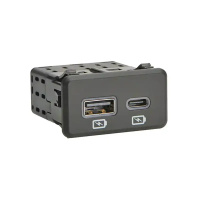15
With the shape of the pool excavation marked out, its height relative to the ground must be determined.
The pool should be set at a height so that rain and splash will drain away, rather than towards the
pool. It is best to use a building level, transit and a measuring stick to determine the required depth of
excavation. It is best to set up the transit in a location so that you can leave it in the same place for the
entire pool excavation. It is best to keep the top of the pool 2”-6” above the ground at the highest point so
that you are able to place your deck on undisturbed soil.
Since the excavation will be 2 feet wider than the actual pool dimension, it is important that the excavator
does not dig the 2 ft ledge around the hopper too deep. (NOTE: A 2 ft excavation is recommended for the first
time installations, after that, a 1 ft excavation is acceptable) A sturdier pool will result when the pool rests on
undisturbed earth. It is better to have to remove an inch or two by hand than to have to build up after the
excavator has gone too deep. Any voids beneath the wall panels caused by large rock removal, etc.,
must be filled and properly compacted.
INGROUND: LEVELING THE EXCAVATION
SIDE VIEW OF EXCAVATION SITE
CORRECT
INCORRECT
UNDISTURBED EARTH
CUT AWAY
FILL IN
POOL WALL
POOL WALL
If steps are going to be installed, excavate a 6 foot by 10 foot area where they are to be located on the pool.
Please see the dig specifications for locations of steps.
IMPORTANT NOTE: If installing steps with your Metric inground installation, you
must begin the process at the step site. Wall panels must first be mounted to
the step and wall panel assembly continues from there.
PREPARING FOR WALK-IN STEP

